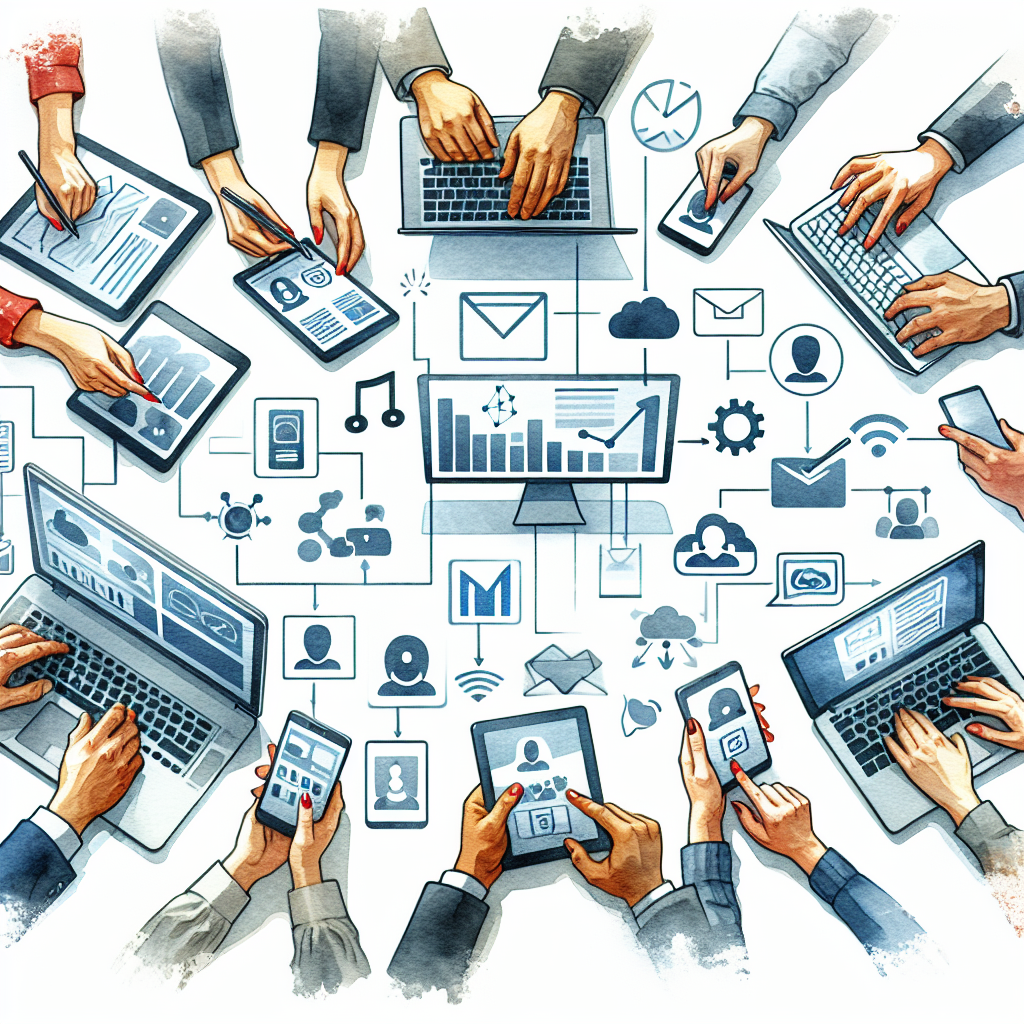As companies and individuals adapt to this new reality, technology is also evolving to meet the demand. Two recent advancements that are redefining the boundaries of remote work are Galaxy S25’s satellite texting feature and AI code editors.
Just recently, the Galaxy S25 series introduced satellite text messaging on Verizon, Xfinity, and Spectrum Mobile.
The feature allows users to send text messages even when outside the coverage area of terrestrial cellular networks. This upgrade is a game-changer for remote workers, especially those in areas with limited network coverage. Whether you’re a freelancer traveling in a remote location or a scientist conducting research in Antarctica, maintaining communication is crucial. With satellite texting, you can stay connected with your team no matter where your work takes you.
Remote work is not limited to sending messages, however. Collaborative tasks such as coding have also found their place in the remote work setup. AI code editors like GitHub Copilot and Cursor have been instrumental in facilitating remote collaboration among software developers. However, these tools are not without their vulnerabilities.
Recently, security researchers uncovered a new attack vector, ‘Rules File Backdoor’, that targets AI code editors.
This attack injects malicious code via a supply chain vulnerability and has serious implications for the security of remote collaboration. Despite this setback, AI code editors remain a powerful tool for remote collaboration, with measures being taken to address these vulnerabilities.
As a remote worker, it’s important to remain vigilant and adopt best practices for cybersecurity in order to safeguard your work.

In the corporate world, remote collaboration is also making strides. Companies like Duke Robotics are successfully transitioning from development to commercialization, leveraging remote collaboration tools to facilitate their expansion. With a recently established subsidiary in Greece and a service agreement with the Israel Electric Corporation, Duke Robotics exemplifies how remote collaboration is enabling businesses to reach new heights.
In conclusion, as remote collaboration becomes more prevalent, technologies such as satellite texting and AI code editors are evolving to support this shift.
While challenges like network coverage and cybersecurity persist, these advancements are setting the stage for a more connected, collaborative future. As we continue to adapt to this new way of working, it’s exciting to consider what other innovations lie on the horizon.